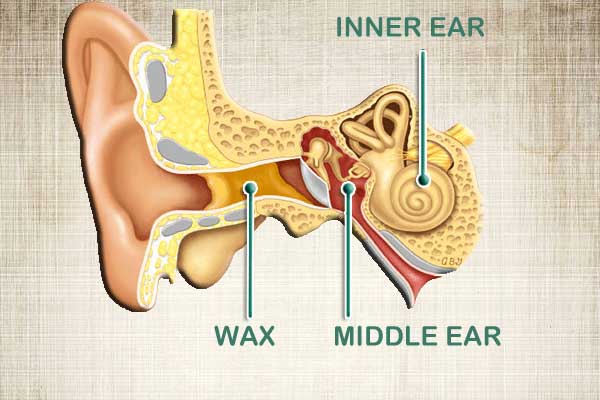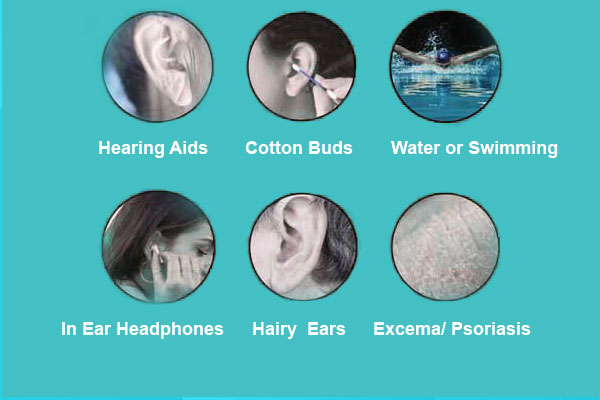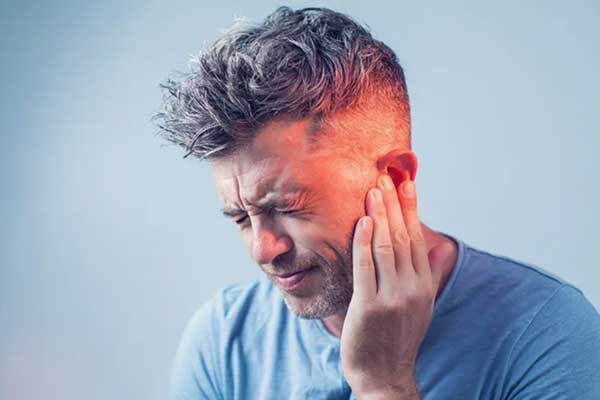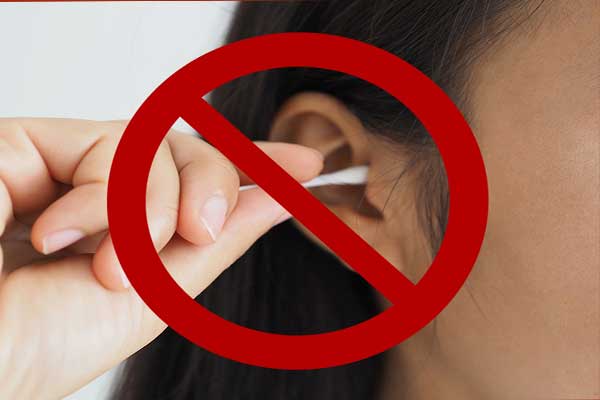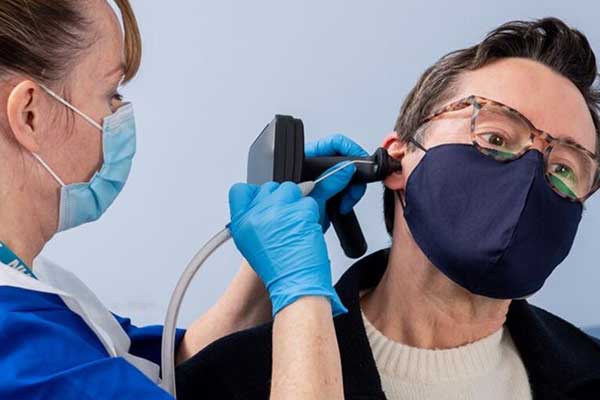Ear Wax
Earwax, also known as cerumen, is a natural substance produced by glands in the ear canal. While it might seem gross, it’s actually very important for ear health.
How Is It Removed Naturally?
- The ear is self-cleaning: earwax slowly moves out of the ear canal while you talk, chew, or move your jaw.
- Once it reaches the outer ear, it dries up and flakes off or washes away.
What you need to know
More Information About Ear Wax
Safe Ways to Remove Earwax
- Leave it alone if it’s not causing problems.
- Use ear drops (e.g., hydrogen peroxide, saline, mineral oil) to soften wax.
- Irrigation kits (from pharmacies) to flush the ear gently.
- Visit a doctor if the wax is impacted — they may use:
- Special tools (curettes)
- Suction devices
- Professional irrigation

